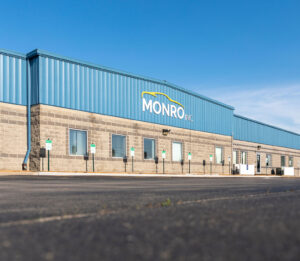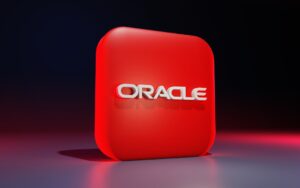- RE/MAX Holdings, Inc. (RMAX) demonstrates efficient capital utilization with a ROIC of 12.05% and a WACC of 6.39%, resulting in a ROIC to WACC ratio of 1.89.
- National Bank Holdings Corporation (NBHC) shows exceptional capital efficiency with a ROIC of 645.72% against a WACC of 16.40%, leading to a ROIC to WACC ratio of 39.38.
- Urban Edge Properties (UE) and Kennedy-Wilson Holdings, Inc. (KW) also provide insights into their capital utilization, with UE showing strong efficiency and KW indicating inefficiencies.
RE/MAX Holdings, Inc. (NYSE:RMAX) is a leading real estate company known for its extensive network of franchisee-owned and operated offices. The company provides real estate brokerage services and is recognized for its strong brand presence in the real estate industry. RMAX competes with other real estate and financial service companies, making its financial metrics crucial for investors.
In evaluating RMAX’s financial performance, the Return on Invested Capital (ROIC) is 12.05%, while the Weighted Average Cost of Capital (WACC) is 6.39%. This results in a ROIC to WACC ratio of 1.89, indicating that RMAX is generating returns above its cost of capital. This is a positive sign, as it suggests efficient capital utilization.
Comparing RMAX to its peers, National Bank Holdings Corporation (NBHC) exhibits a remarkable ROIC of 645.72% against a WACC of 16.40%, resulting in a ROIC to WACC ratio of 39.38. This indicates NBHC’s exceptional capital efficiency, as it generates significantly higher returns on its invested capital compared to its cost.
Urban Edge Properties (UE) also demonstrates strong capital efficiency with a ROIC of 57.67% and a WACC of 7.51%, leading to a ROIC to WACC ratio of 7.68. This suggests that UE is effectively utilizing its capital, although not as impressively as NBHC.
On the other hand, Kennedy-Wilson Holdings, Inc. (KW) shows a negative ROIC of -0.01% with a WACC of 5.30%, resulting in a ROIC to WACC ratio of -0.001. This indicates that KW is not generating sufficient returns to cover its cost of capital, highlighting inefficiencies in capital utilization.




